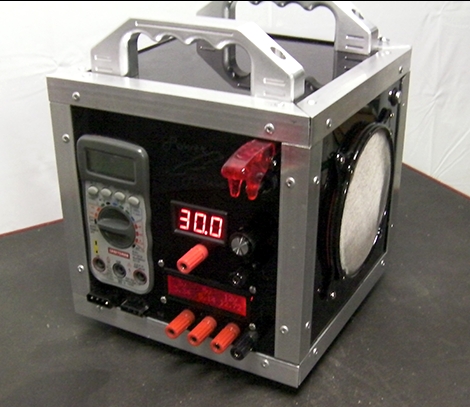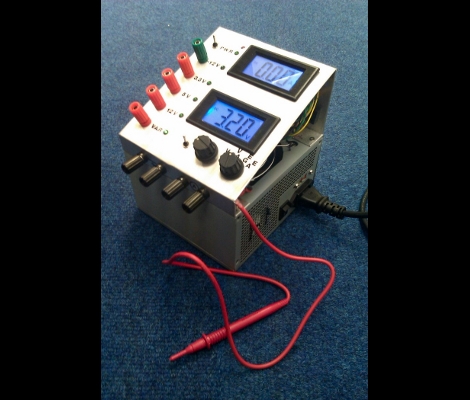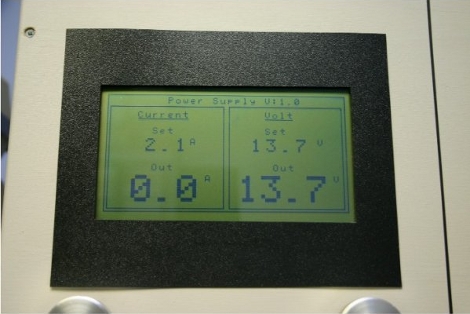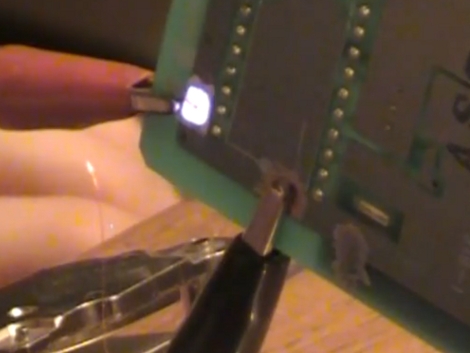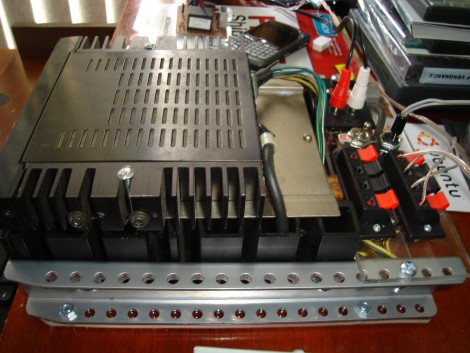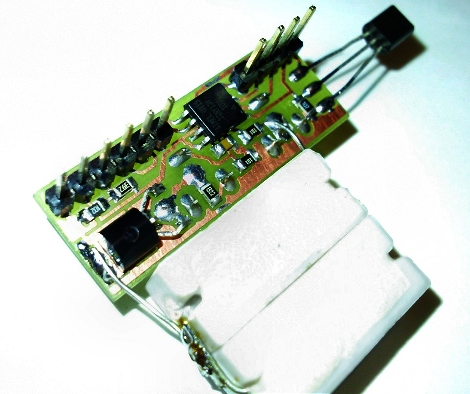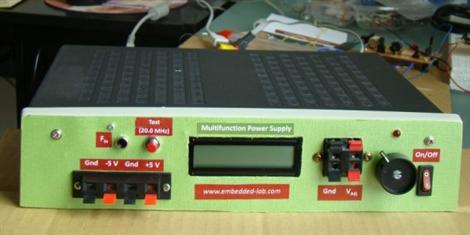
Concerned with your project’s power consumption but don’t want to constantly leave an ammeter wired in series with your power supply? [Rajendra] feels your pain and has recently documented his solution to the problem: a variable-output bench top power supply that clearly displays load current consumption among other things!
Everything is wired up in a nice roomy enclosure that has front-panel access to ±5V and variable outputs, an adjustment potentiometer, and even an input for an integrated frequency counter. A PIC16F689 MCU runs the show and displays the variable output voltage and current on a 16×2 character LCD. Although clearly useful as is, the PIC has plenty of I/Os and muscle left for future expansion and a capacitance meter has already been hinted at as and addition for version 2!

